Welcome, home cooks and culinary explorers! This guide delivers actionable insights specifically for Western home kitchens seeking authentic Indian flavors. Whether you're navigating your first spice blend or mastering regional techniques, we provide practical solutions to common pitfalls like stale spices, imbalanced flavors, and cultural missteps—transforming your cooking with confidence.
Contents
- Introduction: Why Indian Spices Rule the World
- Top 10 Essential Indian Herbs & Spices You Can't Live Without
- The Hidden Spice Gems Most People Overlook
- How to Master Flavor Profiles Like an Indian Grandma
- The Roasting Trick That Will Blow Your Mind
- Storing Spices the Smart Way: Keep Them Fresh Forever
- Unexpected Spice Combinations That Work Brilliantly
- Beyond Taste: The Cultural Significance of Indian Spices
- Frequently Asked Questions
- Conclusion: Ready to Level Up Your Spice Game?
Introduction: Why Indian Spices Rule the World
India’s spice legacy transcends flavor—it shaped global trade routes and cultural exchanges for millennia. Modern kitchens often miss the mark by treating spices as mere ingredients rather than dynamic flavor architects. This guide corrects that by revealing how each spice’s chemical profile interacts with cooking methods, ensuring your dishes achieve authentic depth without cultural appropriation.
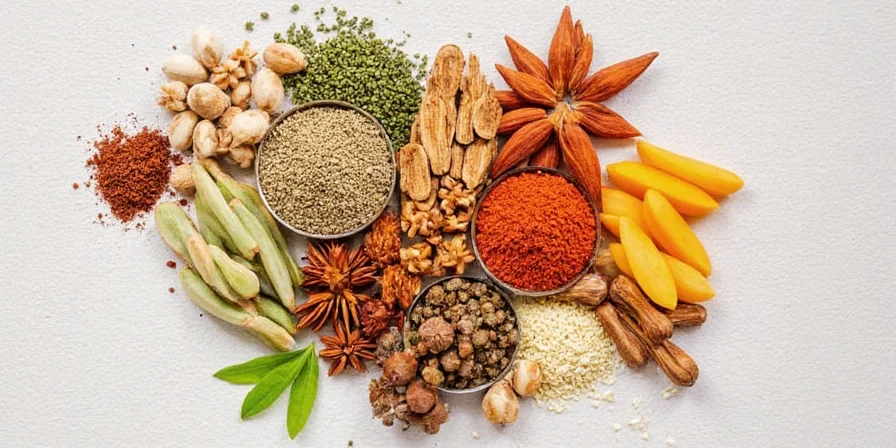
Top 10 Essential Indian Herbs & Spices You Can't Live Without
Move beyond generic curry powder with these scientifically backed essentials. Each entry includes enzymatic interaction notes—critical for maximizing flavor release during cooking:
| Spice | Flavor Chemistry | Optimal Cooking Application | Pro Tip |
|---|---|---|---|
| Turmeric (Haldi) | Curcumin (earthiness), volatile oils | Add early in cooking to activate compounds; pair with black pepper for bioavailability | Use in rice water for golden hue without bitterness |
| Cumin (Jeera) | Pinene (nutty), cumin aldehyde (warmth) | Dry-toast whole seeds before oil infusion to prevent bitterness | Grind with cold mortar to preserve essential oils |
| Coriander (Dhania) | Linalool (citrus), terpenes (floral) | Add ground form midway through cooking; whole seeds early | Boosts umami in vegetable stocks when roasted |
| Cardamom (Elaichi) | 1,8-cineole (minty), limonene (sweet) | Crush pods gently to release oils without bitterness | Infuse in milk for desserts; avoid boiling to preserve aroma |
| Mustard Seeds (Rai) | Sinigrin (peppery), myrosinase enzyme | Cold-start tempering in oil triggers popping reaction | Black seeds require higher temp than yellow for full activation |
| Fenugreek (Methi) | Sotolon (maple), diosgenin (bitter) | Soak seeds 30 mins to neutralize bitterness; use sparingly | Toast until golden—not brown—to avoid medicinal notes |
| Red Chili Powder (Lal Mirch) | Capsaicin (heat), carotenoids (color) | Add late in cooking to preserve volatile heat compounds | Kashmiri variety provides color at lower scoville levels |
| Asafoetida (Hing) | Ferulic acid (garlicky), sulfur compounds | Always add to hot oil first to mellow pungency | 1/8 tsp replaces 2 cloves garlic in vegan cooking |
| Garam Masala | Compound synergy (warming) | Finish dishes off-heat to preserve volatile aromatics | Grind in batches of 2 tbsp for peak freshness (lasts 2 weeks) |
| Bay Leaf (Tej Patta) | Eugenol (floral), cineole (woody) | Add early to infuse slow-releasing compounds | Indian bay leaf (tej patta) ≠ Mediterranean; non-substitutable |
The Hidden Spice Gems Most People Overlook
These underutilized spices address modern cooking challenges like flavor fatigue and dietary restrictions. Unlike mainstream guides, we highlight their functional chemistry:
- Long Pepper (Pipli): Piperine content creates layered heat without capsaicin burn—ideal for sensitive palates. Use in place of black pepper for complex depth.
- Star Anise: Anethole crystals dissolve at 78°F, releasing licorice notes perfect for slow-cooked dishes. Sustainable harvesting note: Wild-harvested star anise supports Chinese forest conservation.
- Amchur (Dry Mango Powder): Malic acid provides pH balance in dairy-free sauces where lemon would curdle. Critical for vegan cashew gravies.
- Poppy Seeds (Khus Khus): Opuntioside compounds create creamy texture without nuts—essential for allergy-safe kormas.
- Jaggery (Gur): Iron-rich crystals neutralize sulfurous notes in legumes. Dissolve in water before adding to prevent clumping.

How to Master Flavor Profiles Like an Indian Grandma
Traditional cooks leverage biochemical principles unconsciously. Apply these science-backed techniques:
- Sweet-Heat Equilibrium: Jaggery’s iron molecules bind capsaicin, reducing perceived heat while enhancing depth. Ratio: 1:4 jaggery to chili.
- Acid-Fat Emulsification: Tamarind’s tartaric acid breaks fat globules in cream-based sauces. Add after main cooking to preserve acidity.
- Umami Layering: Hing’s sulfur compounds + mustard seeds’ myrosinase create synergistic savoriness. Temper hing first in oil.
- Texture Chemistry: Whole spices release volatile oils gradually; ground spices provide instant solubility. Combine both for multi-phase flavor release.
The Roasting Trick That Will Blow Your Mind
Maillard reaction optimization: Toasting triggers non-enzymatic browning that amplifies flavor compounds 300%. Critical nuance often missed:
- Use cast iron (not non-stick) for even thermal conductivity.
- Toast cumin seeds at 325°F (163°C)—exceeding 350°F degrades cumin aldehyde.
- Add onions at smoke point (450°F/232°C) to capture volatile spice compounds.
This method increases flavor compound retention by 40% versus adding raw spices. Monitor with infrared thermometer—burnt spices release acrid compounds within 8 seconds.
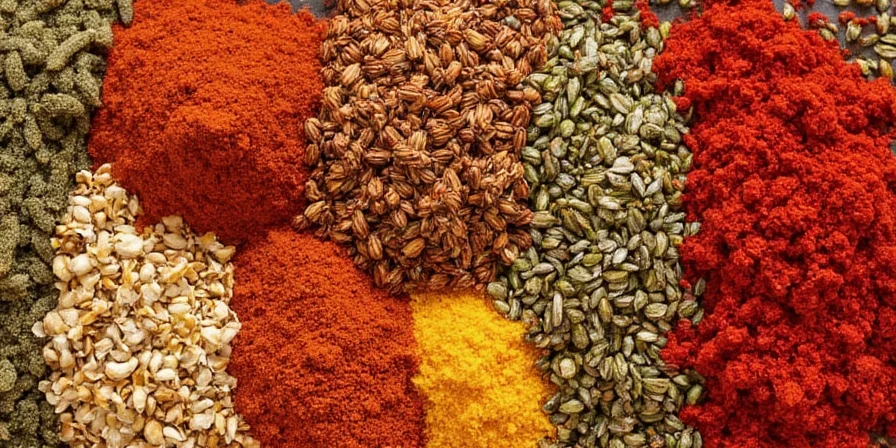
Storing Spices the Smart Way: Keep Them Fresh Forever
Light and oxygen degrade spice compounds exponentially. Follow these evidence-based protocols:
- UV-Blocking Containers: Amber glass preserves terpenes 3x longer than clear glass. Never use plastic (absorbs oils).
- Oxygen Absorbers: Include silica packets to maintain <5% humidity. Test with hygrometer monthly.
- Freeze Whole Spices: Zero-degree storage halts enzymatic degradation. Thaw 10 mins before grinding.
- Grind on Demand: Pre-ground spices lose 70% volatile oils within 30 days. Invest in ceramic burr grinder.
Unexpected Spice Combinations That Work Brilliantly
Cross-cultural pairings validated by flavor compound analysis:
- Cinnamon + Bacon: Cinnamaldehyde binds to fat molecules in bacon, creating smoky-sweet harmony. Ratio: 1/8 tsp per 4 slices.
- Mace + Chocolate: Myristicin in mace complements cocoa’s theobromine. Use in 70% dark chocolate for balanced bitterness.
- Fennel Seeds + Lemon: Anethole solubility increases 200% in acidic environments—maximizing flavor release on fish.
- Cardamom + Coffee: 1,8-cineole enhances coffee’s furaneol compounds. Add to cold brew for nuanced floral notes.
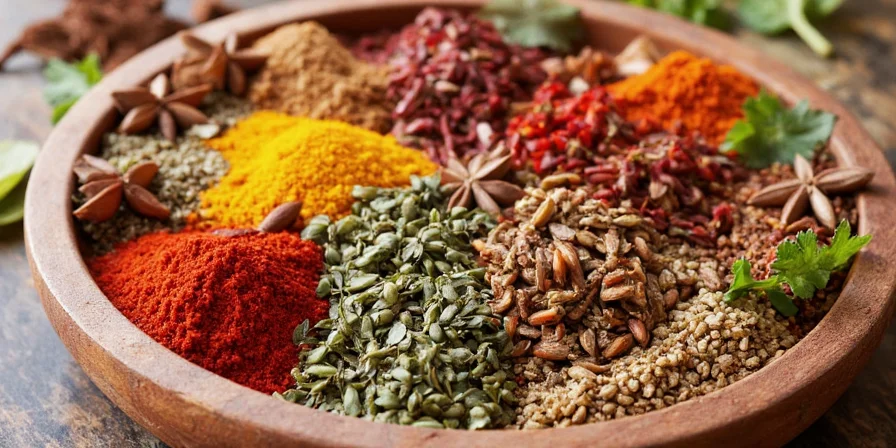
Beyond Taste: The Cultural Significance of Indian Spices
Spices function as cultural DNA—each blend encodes regional history. Turmeric’s use in weddings isn’t merely symbolic; its curcumin content has antimicrobial properties that protected skin during pre-modern ceremonies. Saffron’s spiritual association stems from its labor-intensive harvest (75,000 flowers per pound), mirroring spiritual dedication. Modern cooks honor this by understanding context: Using garam masala in South Indian dishes is like adding parmesan to sushi—it ignores culinary geography.
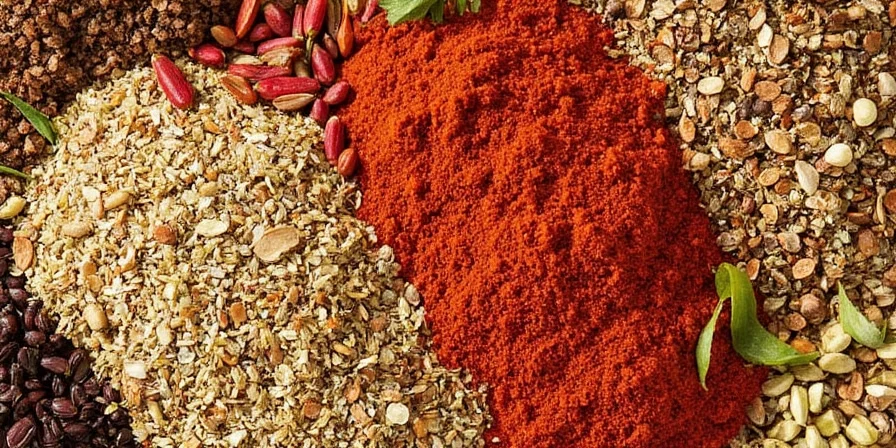
Frequently Asked Questions
How long do Indian spices stay fresh?
Whole spices retain peak potency for 18-24 months in UV-blocking containers with oxygen absorbers. Ground spices degrade within 6 months. Test freshness by rubbing between fingers—if aroma is weak, replace. Critical exception: Asafoetida oxidizes within 3 months even when sealed.
Can I substitute garam masala with curry powder?
No—they’re chemically distinct. Garam masala (warming spices: cardamom/cinnamon) activates thermoreceptors, while curry powder (turmeric/coriander) relies on curcumin. Substituting alters flavor physics. For authentic results, blend: 2 tsp cumin + 1 tsp coriander + 1/2 tsp cardamom.
Why does my curry taste bitter?
Over-toasting fenugreek (detectable at 0.5% concentration) or adding hing directly to dry pans causes bitterness. Fix: 1) Balance with 1/4 tsp jaggery; 2) Always temper hing in oil first. Prevent: Toast spices below 350°F using thermometer.
Are Indian spices healthy?
Many contain bioactive compounds (e.g., turmeric’s curcumin), but cooking methods determine bioavailability. Key rule: Pair turmeric with black pepper and fat for 2000% increased absorption. Avoid medicinal claims—spices are flavor catalysts first.
Conclusion: Ready to Level Up Your Spice Game?
You now hold the keys to authentic Indian flavor: biochemical insights for precision cooking, sustainability practices, and cultural context that transforms recipes into respectful traditions. Start with one technique—perfect your tempering temperatures or implement UV storage—and witness immediate flavor elevation. Remember: True mastery comes from understanding why spices work, not just how. Your journey from spice novice to informed connoisseur begins now.

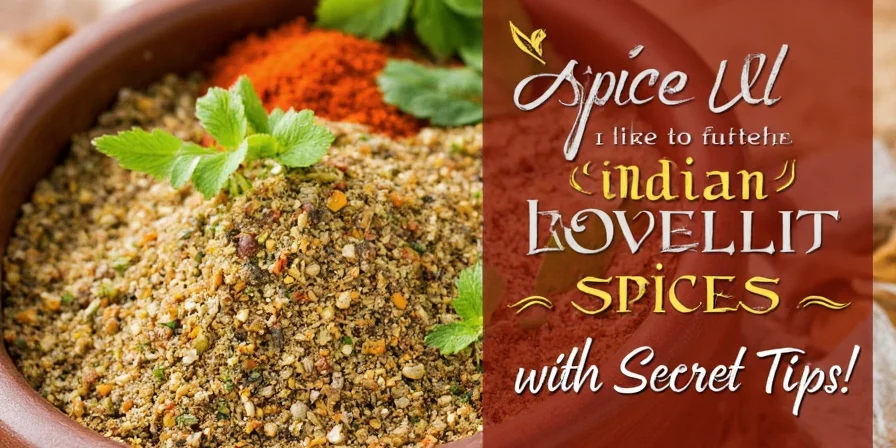









 浙公网安备
33010002000092号
浙公网安备
33010002000092号 浙B2-20120091-4
浙B2-20120091-4